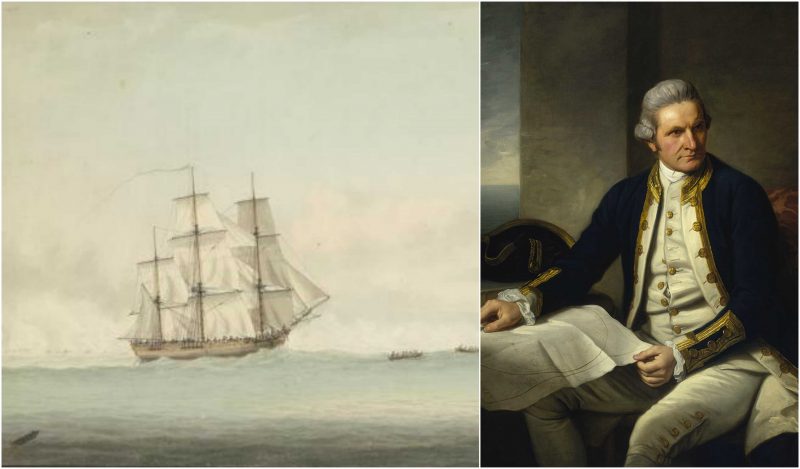For the longest time, archaeologists and avid divers have been trying to find the whereabouts of the HMS Endeavour. The famous ship was sailed by Captain James Cook on his voyage of discovery to Australia and New Zealand. Archaeologists are currently working on studying five sunken ships that have been found in the United States. They plan on revealing whether or not one of those five is actually the HMS Endeavour.
The Rhode Island Marine Archaeology Project (RIMAP) claims that they have made major progress in the project of confirming whether or not one of those ships is the Endeavour. This announcement came after the organization claimed it was nearly 80 to 100 percent certain that the famous ship’s final resting place was just off the coast of Newport, Rhode Island in Narragansett Bay.
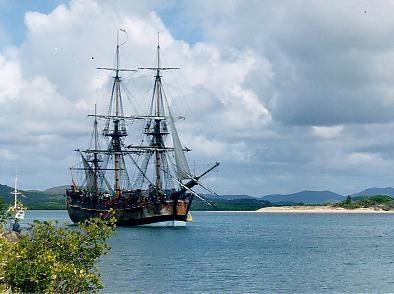
The group said that RIMAP has mapped nearly nine different archaeological sites where 13 ships were found around Newport Harbor in 1778 during the American Revolution. They added that one group of five ships had included Lord Sandwich, a transport which was formerly Captain James Cook’s Endeavour.
The researchers will carefully look at each of the five ships individually in order to determine which ship is which. The next phase of studying the ships will require more intense research into the structure and artifacts within each ship.
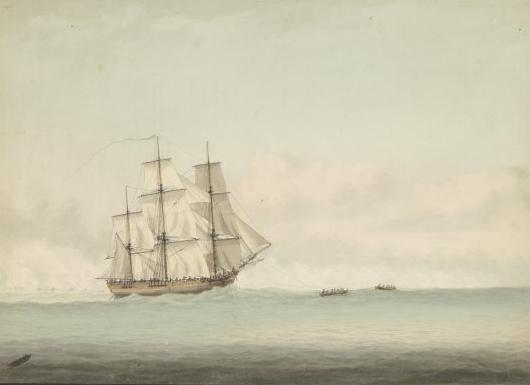
In 1998, a RIMAP scientist had first discovered historical documents in a shipping archive which actually hinted that the Endeavour had been renamed and scuttled in the United States. In 2014, the Australian National Maritime Museum funded RIMAP to investigate the theory; RIMAP said that they would bring up whatever artifacts found and display them to the public. If one of these ships is truly the Endeavour, the discovery would mark almost 230 years since the ship was sold, sunk, and forgotten.
The previous trip to study the Venus transit was made in 1639 and provided a great amount of information to astronomers and scientists about the size of the solar system and the universe. The ship had departed from Plymouth with about 94 men on board, including Cook. It traveled down the coast of Africa and then cut across the Atlantic, arriving in Rio de Janeiro in November that year.
The boat then made its way to Cape Horn, making three attempts to go around it due to the stormy weather in December. However, the difficult conditions kept coming, forcing Cook to turn back the first two times. In April, the ship made it to Tahiti where the crew stayed for four months. That is where astronomer Charles Green was able to study the transit of Venus in June.
After several months exploring the Pacific for islands, the ship reached New Zealand in October. This was the first European ship to land on the island in over 100 years. The Dutch explorer, Abel Tasman had previously reached those islands of New Zealand and Tasmania during his 1642 journey while he was with the Dutch East India Company.
The Endeavour is actually one of the most famous ships in naval history, used by Cook to discover the East Coast of Australia in 1770. It is believed that the last sighting of the ship was around 1778 when it was thought to have been resold to the British Navy, renamed Lord Sandwich, and used to transport British troops during the American Revolution. RIMAP said that the ship was scuttled in Newport Harbor in 1778 by the British forces in the lead-up to the Battle of Rhode Island.
The Endeavour was first launched in 1764 as the Earl of Pembroke, then renamed His Majesty’s Bark after it was purchased four years later by the British Royal Navy. The ship was then sent out to explore the Pacific Ocean in August 1768 in order to observe the 1769 transit of Venus across the sun, and to search for the continent which was called Terra Australis Incognita, or unknown Southern land.
.
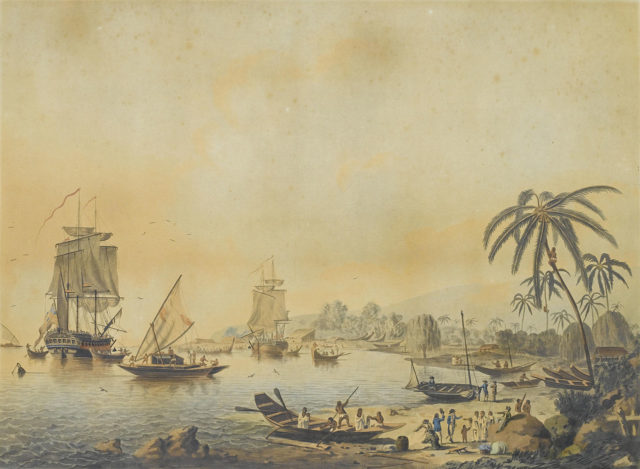
Cook spent nearly six months exploring and mapping New Zealand, claiming the land for Great Britain before sailing west. In April 1770, members on the ship first spotted Australia. Then, on April 29th, the Endeavour had become the first European vessel to land on the continent.
Cook spent four months charting that coast, and at one point had run into trouble when his ship struck the Great Barrier Reef. It was nearly 24 miles off the coast at the time and didn’t have enough life boats. However, they managed to clear the water from the hull and made their way back to shore.
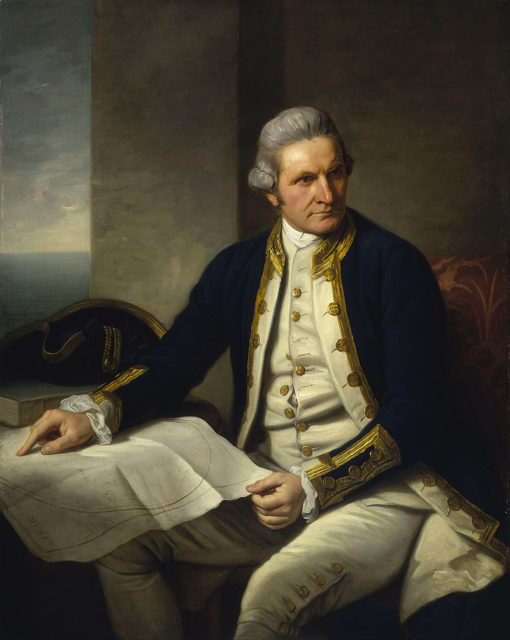
The ship and crew continued to explore the island. In November, Endeavour was taken out of the water to have repairs done on it before setting sail back to Great Britain the day after Christmas. In March, they made it to Cape of Good Hope and docked in Cape Town. On July 12, they made their way into port in Dover, nearly three years after first leaving Plymouth.
Cook was later promoted to Commander and explored the Pacific twice more on the HMS Resolution. He was killed in 1779 during a fight with Hawaiians on the islands.
The Endeavour became a naval transport ship after it was sold to a shipping magnate just before the start of the Revolutionary War. The person who bought it tried to sell the ship back to the British when the demand for ships increased due to the war. However, the British would not accept the ship because of its age and all of the voyages it had made throughout the years.
The seller made the decision to rename it and tried to sell it again. However, it took a good amount of repair before it was resold. It was sent back to Rhode Island as a prison ship when the British had first tried to recapture the port city of Newport in 1778. It was then that it was blown up to create a blockade in the harbor during the Battle of Rhode Island
